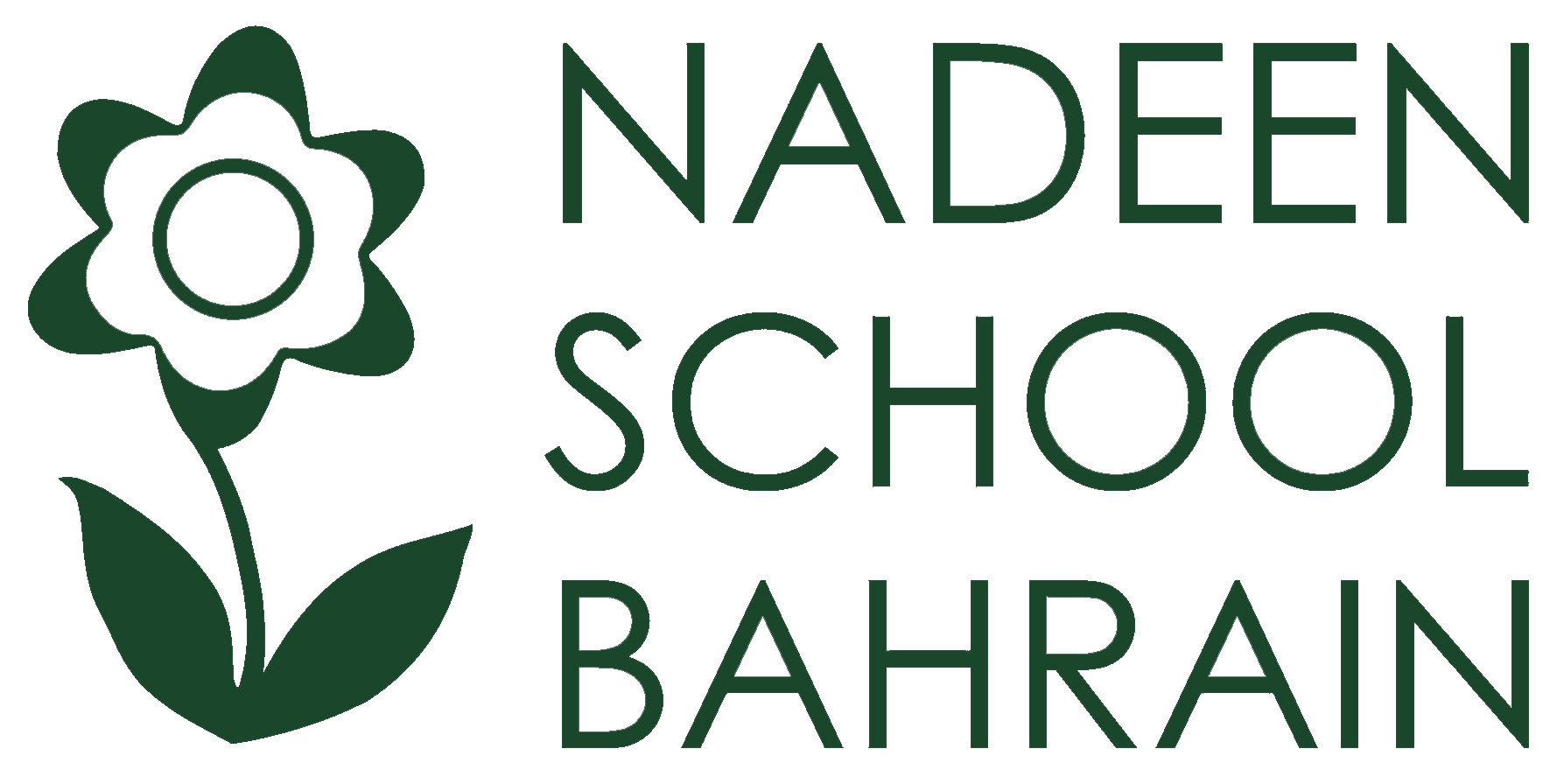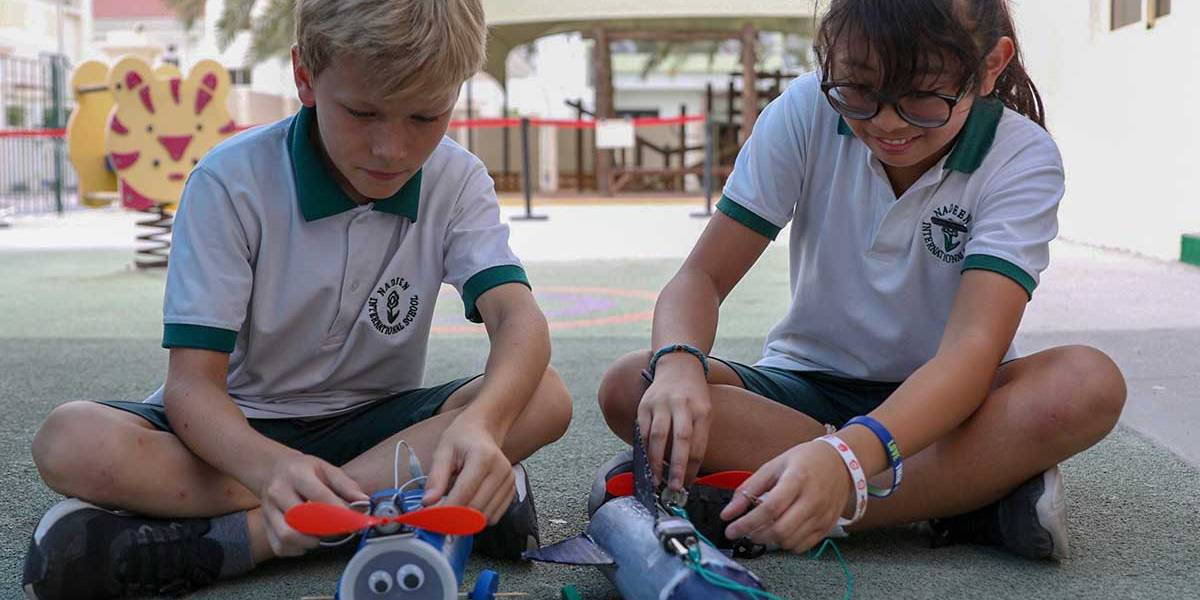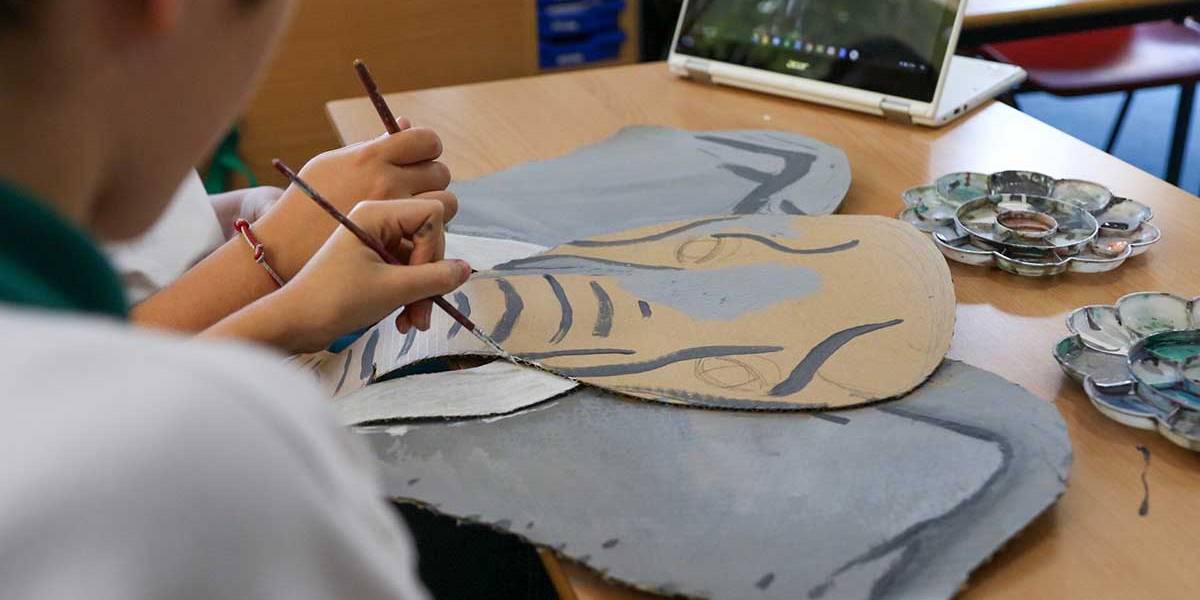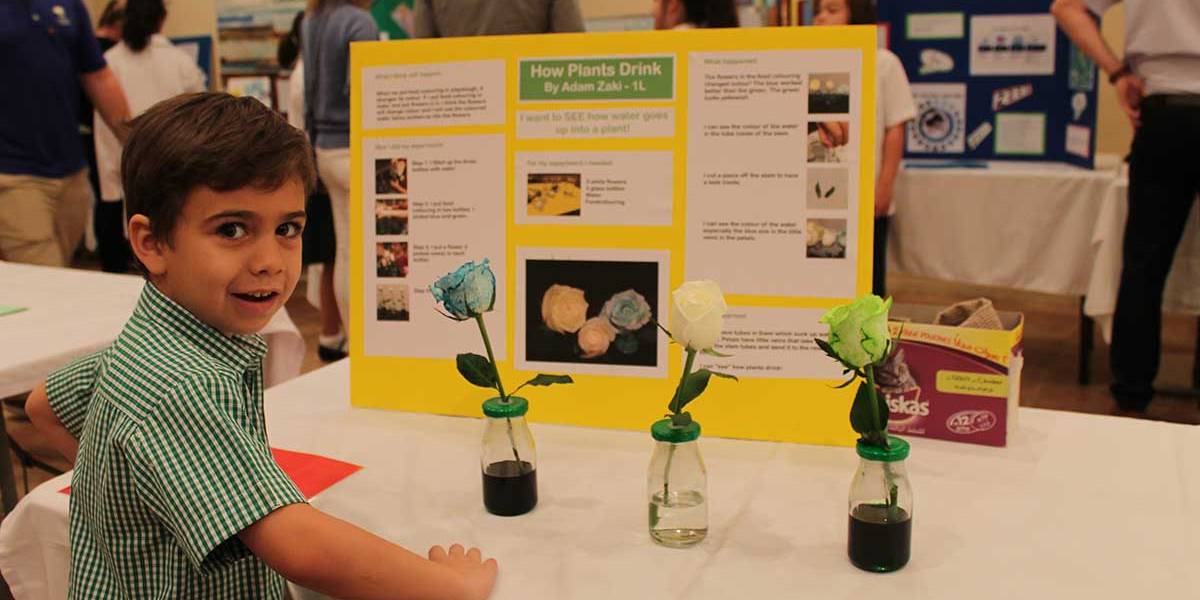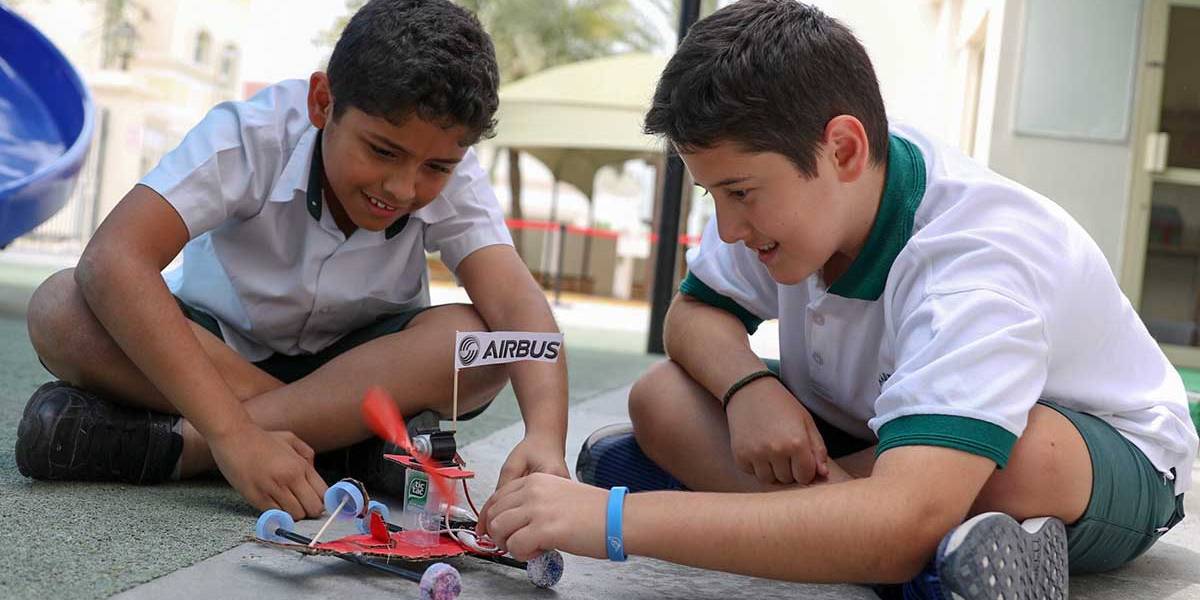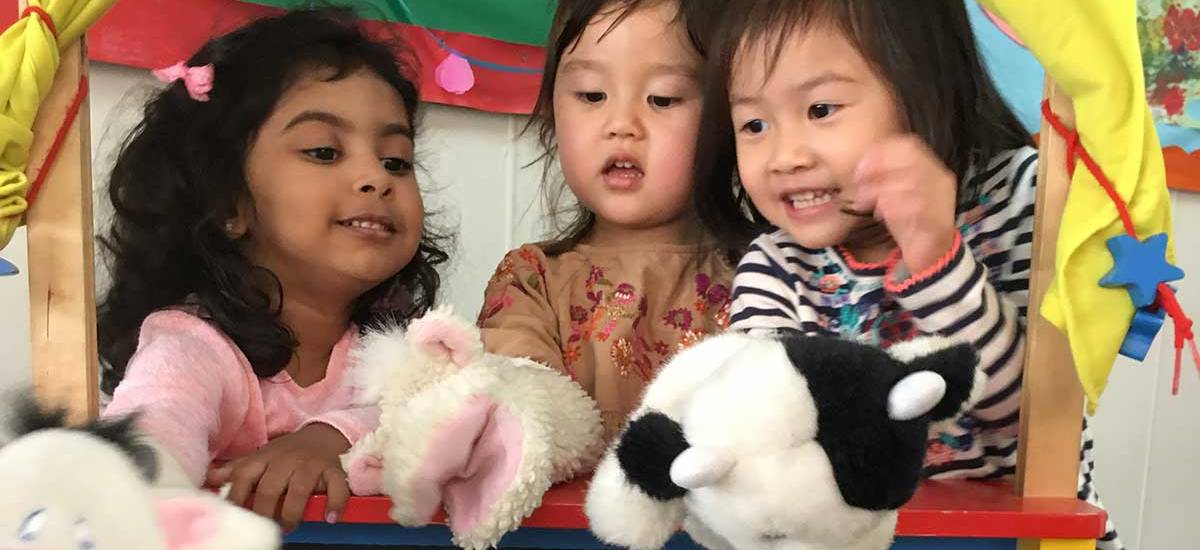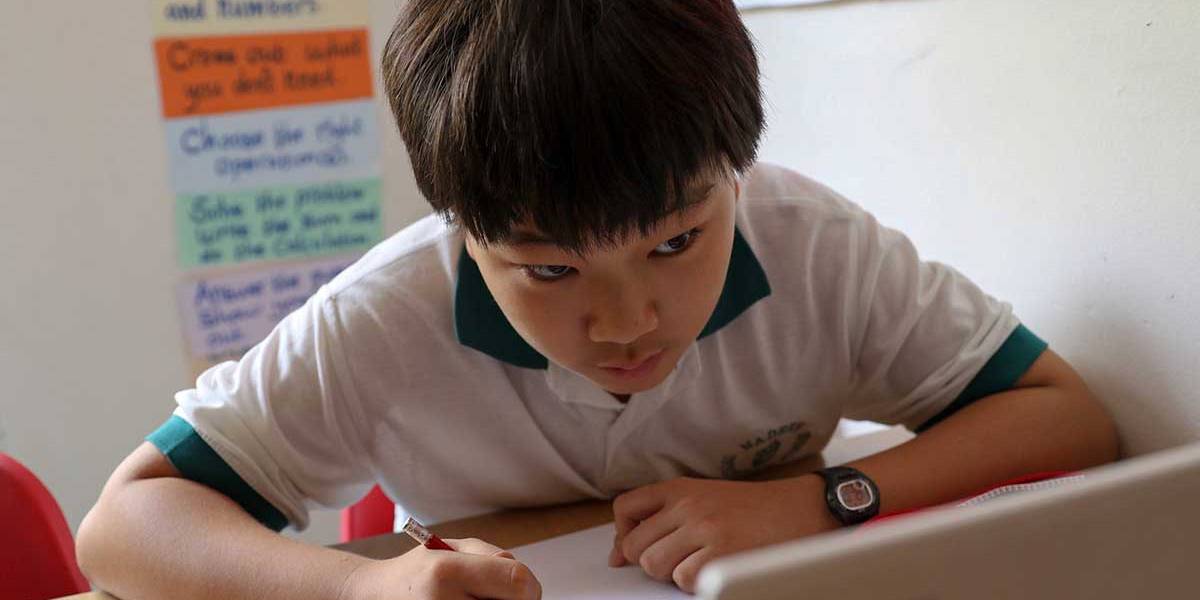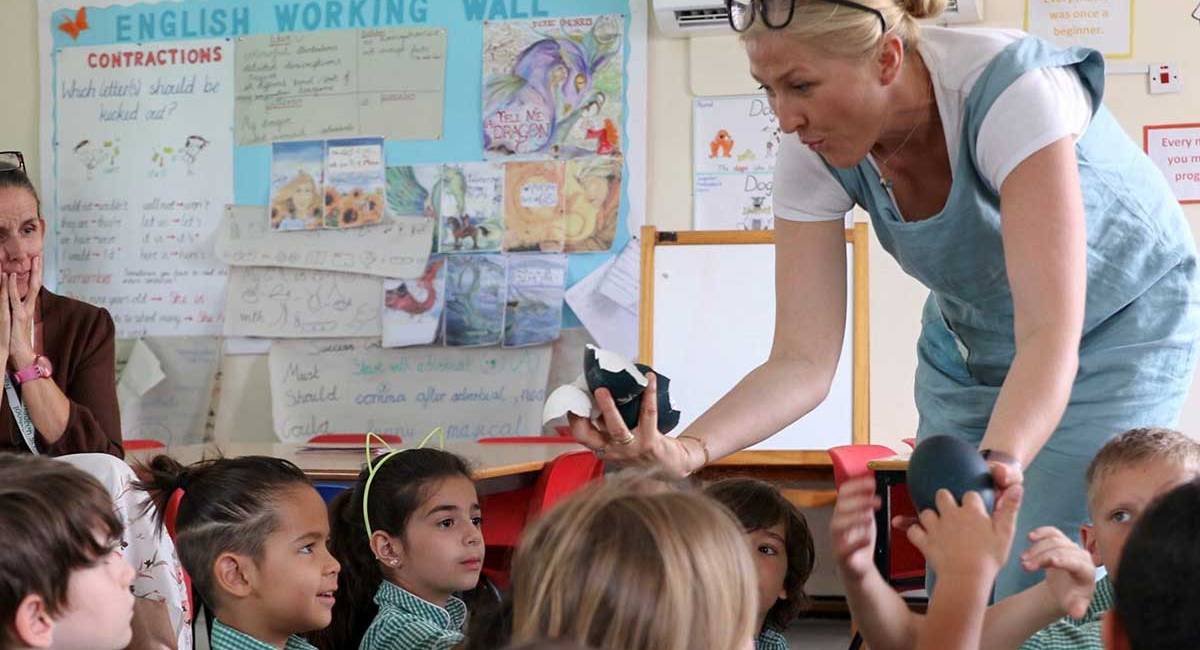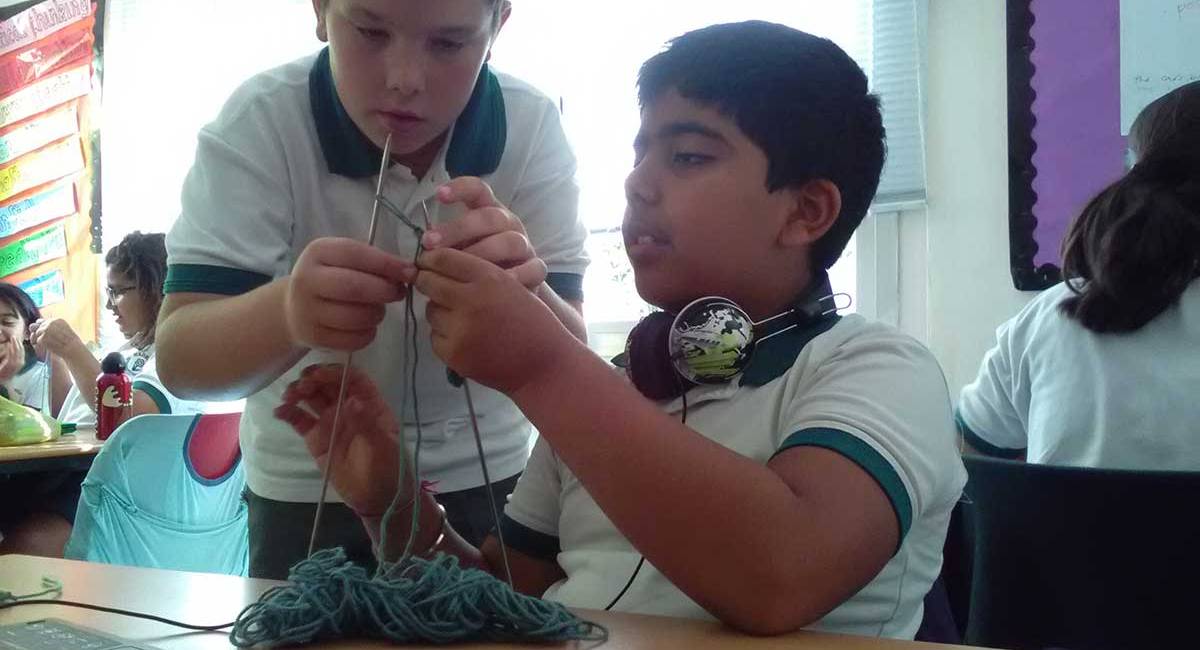The Science of Learning – Enhancing Long-Term Memory By Hala Kahlal
What is Working Memory?
Working memory is one of the executive functions of the brain. It is a skill that allows us to work with information without losing sight of what we are doing.
Think of working memory as a temporary sticky note in the brain. It keeps new information in place so the brain can use it briefly and connect it with other information.
Imagine you are planning a party and ask your child to help you organise it. Your instructions seem simple:
Put your toys in your bedroom, move everyone’s shoes onto the shoe rack and clear the dining table. He agrees, but when you go to check later, the table is still not cleared, shoes are not packed away and he has put his toys in… on the shoe rack.
Children who have trouble staying “on track” may have problems with working memory. Recalling phone numbers and directions, remembering grammar and structure, writing an essay and remembering mathematical steps are all mental tasks that use working memory.
What is Long-Term Memory?
Long-term memory is the transfer of information from short-term memory (which is part of working memory) to long-term memory to create permanent memory. This type of memory has unlimited capacity and is stored in the brain for an extended period of time, lasting even a lifetime. Short-term memory can become long-term memory through a process called consolidation.
Long-term memory is further divided into two types:
Explicit (conscious) memory and implicit (unconscious) memory. If you can recall something that happened more than a few minutes ago, whether just hours ago or decades ago, you have long-term memory.
Strategies to Enhance Long-Term Memory
Over time, there have many studies conducted by educational psychologists to pinpoint effective strategies to transfer learning from the working memory to long-term memory. In this article, I will focus on four evidence based strategies that can be used both at home and in the classroom.
Retrieval Practice
Retrieval practice is a strategy of repeatedly bringing information back to the mind, thereby improving memory and promoting learning. By continuously recalling information, we are ‘forcing’ the mind to reflect on knowledge and make connections.
As adults, we know that late-night cramming sessions to prepare for tests and exams are never the most effective. After students complete their tests, and may even score high, they’re likely to forget all that they learned after the test is done.
For true learning to occur, the teaching and learning process must incorporate retrieval practice. By doing so, you are teaching the children the skills they need to succeed, rather than just teaching content.
How to use retrieval practice
- Flashcards
Flashcards help children engage in active recall by creating memory and creating connections to materials. For this method to be effective, it needs to be used correctly.
- Shuffle the cards regularly to avoid memorising the order.
- Avoid looking at the back of the cards if they contain the answers. Not knowing the answer only means the information hasn’t yet been learnt.
- Repeat the process at least three times to ensure the information is transferred to long term memory.
- Writing prompts
This is a great way to help children engage in active thinking about a subject, and communicate their thoughts through writing meaningful, creative content. A writing prompt can be an open ended question or a statement, a picture or a scenario.
- Concept maps
Concept maps work similarly to writing prompts. But instead of producing a written text, children are encouraged to study the topic and focus on highlighting the keywords within it. Children start by writing the topic in a large circle in the center of their page, and connect it to smaller circles with keywords and ideas. Another way to create concepts maps is by sketching their ideas. This works very well for visual learners.
Other ways to create concept maps include Venn diagrams, mindmaps, flow charts, timelines and tables.
Elaborative Interrogation
While the term may sound complex, elaborative interrogation is simply a strategy for enhancing memory and critical thinking by asking ‘why’ and ‘how’ and finding those answers. It doesn’t necessarily require writing, but an emphasis on elaborative verbal discussion can be implemented instead. Questioning should require a lot of thought and encourage children to find evidence for their responses. This is a great strategy for improving reading comprehension.
Quizzes
Quizzes can be done in different ways. Children can be paired to quiz each other, find answers through searching for information or create questions for adults to answer.
Spacing
Spacing the learning is the very opposite of cramming. It simply means learning a subject over time. Children are given time to learn about a topic, and then revisit the topic several times at different stages. This helps the brain process information, forget about it for some time, and then try to retrieve it later.
The best way to apply this strategy is to avoid testing or quizzing immediately after learning a topic, and then revisit the topic using the different retrieval practice strategies, and in the end, conduct a test or quiz.
Interleaving
Interleaving is the process of learning several topics or subjects within a timeframe. For example, instead of focusing on only reading for an hour, children can mix their learning by reading for 20 minutes, doing maths exercises for another 20 minutes and practice writing for the next 20 minutes. Together with spacing and retrieval practice, interleaving leads to long term retention of information and an improved ability to transfer knowledge across different disciplines.
Conclusion
When children engage in recall and spacing practice, there’s more to it than just memorisation or recall process. Having access to knowledge is great, but they also need to be able to organise their knowledge and know when it’s appropriate or necessary. The strategies suggested in this article help in organising knowledge, and also applying it to the various topics to which they can be applied.
References
Cherry, K. (2011). Long-Term Memory – Types, Duration, and Capacity. [online] Verywell Mind. Available at: https://www.verywellmind.com/what-is-long-term-memory-2795347.
Ehmke, R. (2016). What Is Working Memory? [online] Child Mind Institute. Available at: https://childmind.org/article/what-is-working-memory/.
Loveless, B. (2022). What is Retrieval Practice and Why is it so Powerful? [online] Education Corner. Available at: https://www.educationcorner.com/retrieval-practice/.
Rosen, P. (n.d.). What Is Working Memory? [online] www.understood.org. Available at: https://www.understood.org/en/articles/working-memory-what-it-is-and-how-it-works.
_
